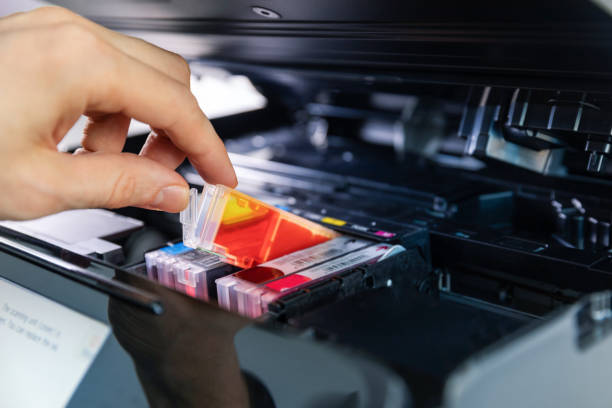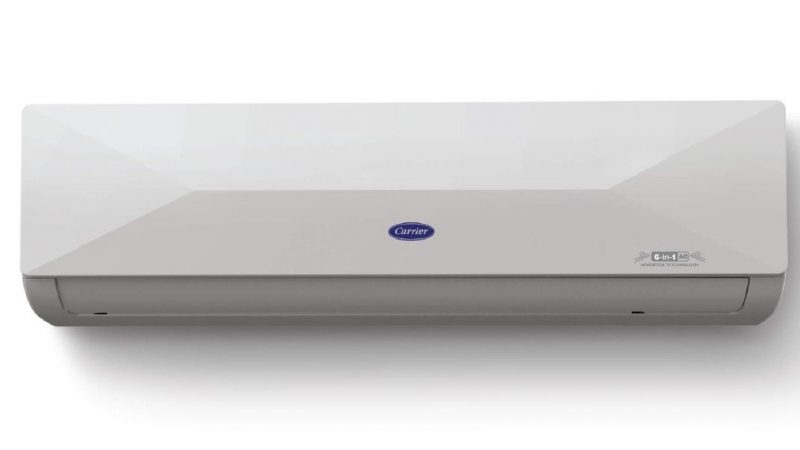All About Printer Ink: Everything You Need To Know

When you buy a printer, you expect it to deliver high-resolution prints. However, it is not solely the printer that is involved in the task, but the ink plays its role too. Yes, you heard it right! Using the right type of printing ink is crucial to a good print. You can not only buy the ink cartridges online separately but order them with the printer as well.
Ink might look like colors to you, a few chemicals added here and there. However, it is more than this. Companies today use various technologies to deliver you the best type of ink to give an excellent print.
When it comes to printer ink, it is not like one size fits all. Every printer utilizes a different type of ink. These are specific to the extent that your printer can break down if the wrong type of ink is used.
Therefore, we have brought you a guide to answer all your queries regarding printer ink.
Types Of Printer Ink
Every printer utilizes a different type of ink. Broadly, printing inks are classified into two types. These are explained below.
1. Pigmented Ink
Simply put, pigmented ink is high-quality ink that covers a wide spectrum of colors. It is a mixture of water and solvent with particles surrounded by a resin. Its composition makes it highly stable towards harsh environmental conditions such as excessive sunlight and humidity.
These links do not penetrate the paper providing you with a seamless print that is water-resistant and is also not tarnished by UV light. Therefore, this ink is perfect when it comes to printing photos.
2. Dye-Based Ink
These inks are made by dissolving a synthetic or natural solute into the water. Being dispersed well on paper, this type of printer ink is less resistant to environmental conditions. Therefore, it is highly sensitive to damage by light, pollution, humidity, and ultraviolet radiation.
This ink provides highly bright but less matt prints. That being the case, it is suitable for printing documents. Furthermore, being quite cheap, it is more economical when it comes to office printing.
Factors To Look For When Buying Printer Ink
Buying the perfect ink for your printer might sound like a hard task. However, to bag the perfect ink for your printer, there are a few features that you need to look for.
1. Printer And Ink Compatibility
Check your printer model to see the compatible ink. Many of the printers come with ink, so if you save the empty ink packaging, it will be easier for you to order the same type of ink again.
Always keep in mind that not every ink works with every printer. Only use the ink your printer is compatible with to enjoy a smooth printing.
2. Page Yield
This factor is very critical especially if you routinely use your printer. If your printer delivers less number of pages but uses a large amount of ink, it might be the time to switch to a better ink.
Several inks give a good and sharp print and are used in a very sparse quantity. These are the best ones if you have a very tight ink budget.
3. Color Type
Printers use four colors which are cyan, magenta, yellow, and black. After using your printer for a while, you will know which color is used most. Therefore, you can order a specific color cartridge separately rather than buying all four every time. This will be more economical in the long run.
4. Ink Warranty
It might happen at times that even the right ink will not work with the printer. Trying to utilize it forcefully can damage the printer. Therefore, when buying ink make sure the retailer offers a warranty.
This way you will not be stuck with a faulty cartridge and will be able to get it replaced with the correct one if needed.
5. Refilling
It is a good idea to get a printer that comes with refillable cartridges. This will save you from buying new cartridges over and over again.
Besides being economical, there is a very meager chance of getting the wrong ink refilled.
How To Check Ink Levels?
If your work heavily relies on the printer, you need to keep a track of its ink levels. If your printer doesn’t come with Dash replenishment, you will need to check ink levels manually.
Many of the printers offer a display panel. If you check under the hardware or control panel tab, you will be able to get a visual representation of your ink levels. Some printers also give a signal regarding ink quantity in terms of it being low or dangerously low. This will help you refill your ink cartridges in time and keep the work going.
Tips On Saving Printer Ink
Who does not want their printer ink to stretch an extra mile? If you use a few tricks, you might as well be able to save your printer’s ink and run it very smoothly.
- Invest in an ink-efficient printer.
- Choose fonts that use less ink.
- When not needing a high-quality print, change the printer’s settings to print draft or grayscale so that less ink is used.
How A Printer Uses Ink?
The inkjet printers available in the market are based on one of the two technologies. These are; Thermal inkjet processes or Piezo Electric printers.
As the name suggests, Thermal inkjet printers have a heating element in their cartridge chamber. The heat generated bubbles the ink which, in turn, increases pressure and causes ink droplets to spread on paper. These printers require four basic printing inks namely cyan, magnets, yellow, and black.
On the other hand, Piezo Electric material does not involve a heating element. In this case, the electric current creates a pressure pulse that forces the ink out of the nozzle onto the paper. This type of inkjet printer utilizes a wider color spectrum.
Conclusion
When buying a printer, make sure it comes with ink. Furthermore, it is always better to get a printer that comes with ink bottles rather than ink cartridges.
This is because ink bottles are not only easily refillable but last quite long without the ink getting clogged. Finally, choosing the right ink will give you a crisp and professional print.






